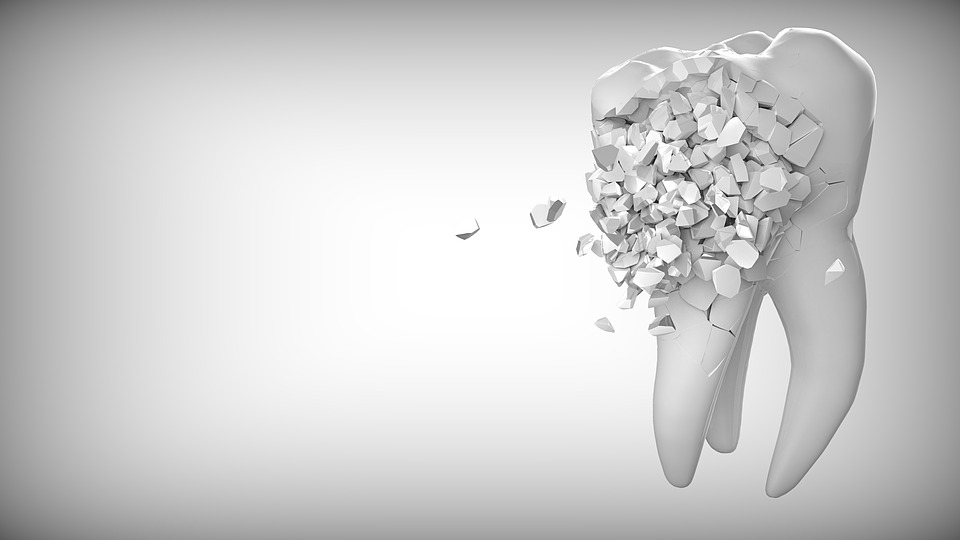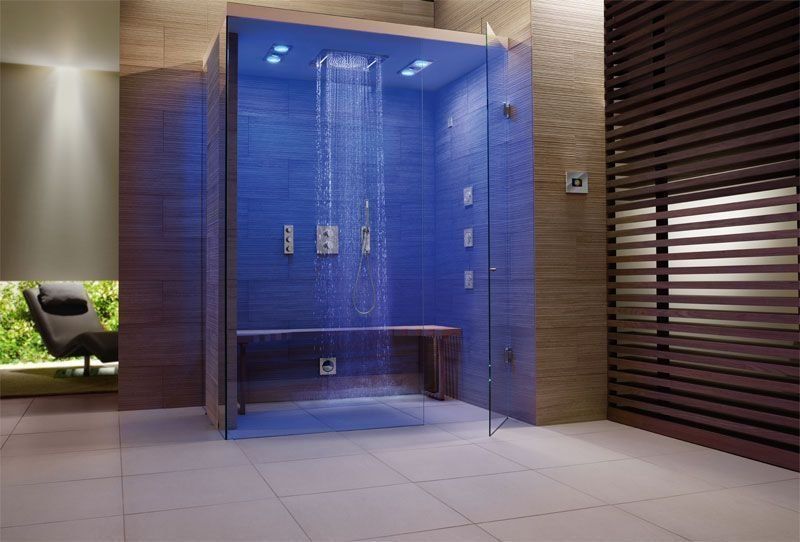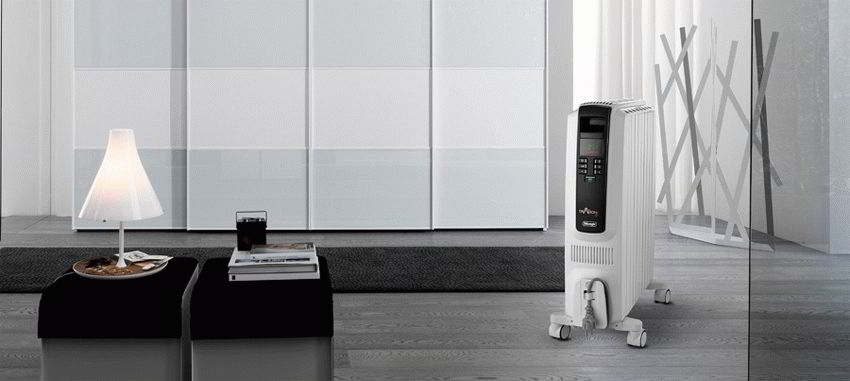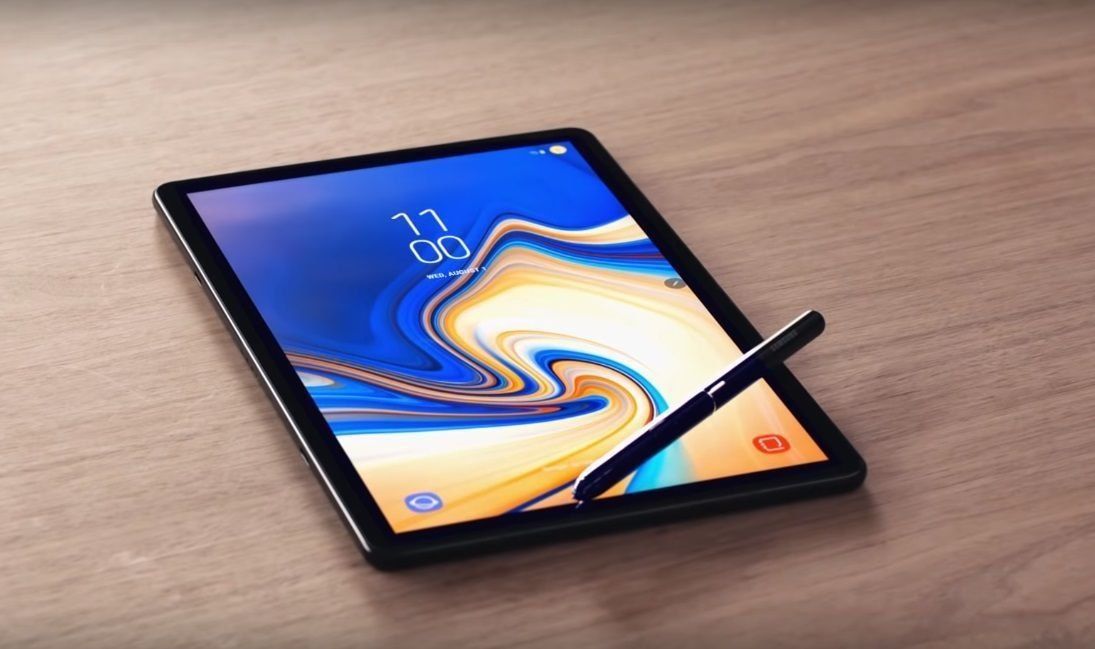Ranking of the best scanners in 2020

In our age of modern technologies, it is not difficult to digitize slides, photos, books, pictures, the main thing is that the necessary equipment is at hand. There are a huge number of types of scanners from various world manufacturers on the equipment market. How not to get lost in such a variety and make the right choice? Which manufacturers and firms are considered the best in the world market? What to look for in order to avoid mistakes?
In this article, we have made a small overview of the best, most popular scanners of 2020, ranging from inexpensive budget models that are used at home, to expensive professional scanners designed for work in offices and printers. We hope that our recommendations, based on expert opinions and customer reviews, will help you decide on a choice that will fully satisfy your wishes and requirements.
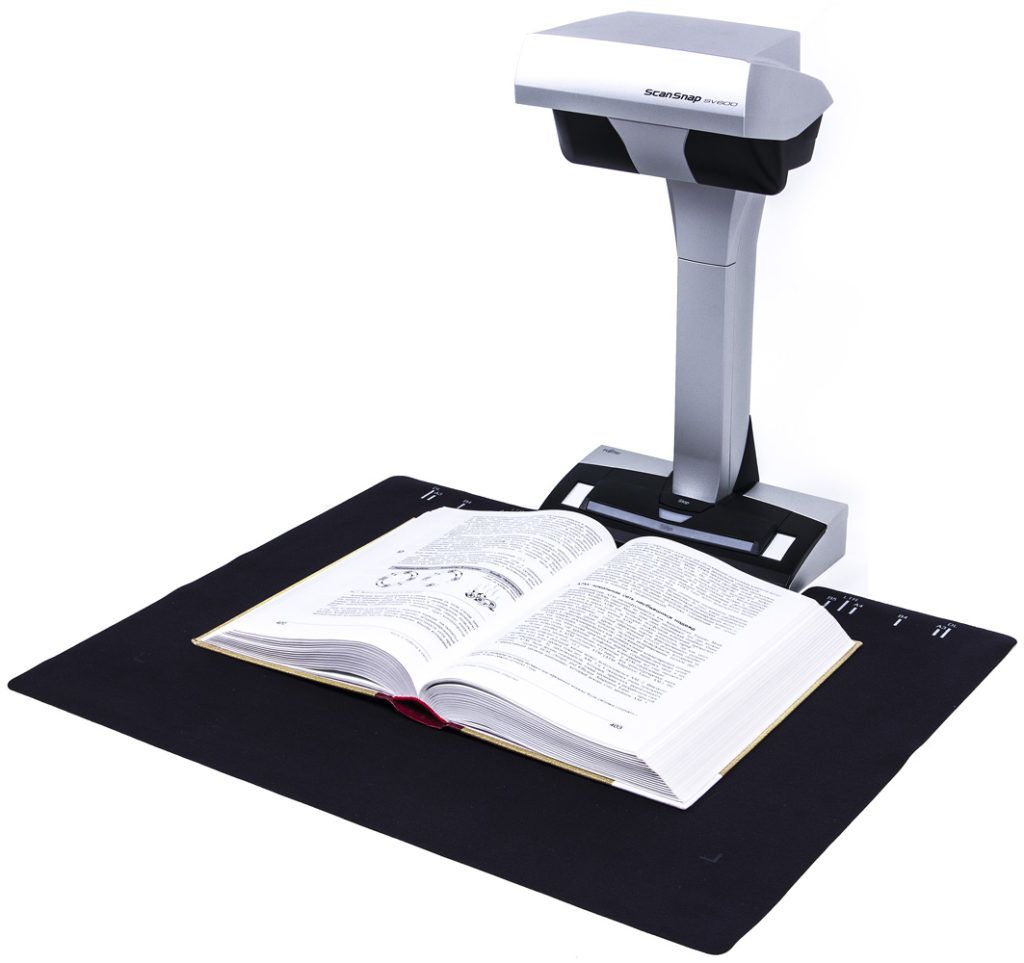
At the moment, the rating of quality office equipment manufacturers includes the following companies: Canon, Plustek, Epson, Fujitsu, HP, Brother, Mustek. But the preferences of buyers continue to leave the manufacturers of Japanese technology in the lead.
Scanning technique types
Tablet
The most popular of all types of scanners in existence. The required document is placed on the glass substrate, under which the mechanism with the reflected beam is located, the light beam passes along the entire surface, is reflected and further converted into a digital signal, which is transmitted to the computer.
- the ability to scan any media of various sizes;
- it is possible to install modules with additional functions;
- a high resolution.
- oversized.
Lingering
Outwardly they resemble a printer. On one side, separate sheets are inserted that pass inside the lamp unit and exit on the other. There is an automatic sheet feed function. It can handle a wide range of document sizes that range from A6 to A0.
- ease of connection;
- low price;
- small size;
- automatic feed, allowing to increase the speed of the work performed.
- limited permission;
- there is no possibility to scan books, brochures.
Slide scanners
They are narrowly focused, as they scan only transparent images from film and slides. There is a high optical resolution and the function of instant download of images to a computer.
- it is possible to digitize old films.
- high price.
Hand-held scanners
Cheap, compact and easy to use. You yourself smoothly move the device along a sheet of paper, the reflected beam is received through the lenses and further digitized using software. Swiping over any desired part of the page allows you to make selective copies of text / images. Misalignment can occur due to manual movement at different speeds.
- low price;
- little weight;
- the possibility of selective scanning;
- saving space due to small dimensions;
- the ability to scan books.
- small amount of work performed;
- the result is of poor quality.
Book scanners
Lets you scan books and brochures face up. This type of digitization prevents damage because the book is not fully expanded and makes it possible to see the document.
- maintaining the integrity of the original;
- the ability to eliminate wrinkles, scuffs, kinks of the document.
- self-turning pages.
Barcode scanners
Highly specialized, used in various financial institutions (banks) and shops. They are compact. Used to read product barcodes.
- accelerates the search for the necessary information in the nomenclature;
- small-sized.
- highly specialized.
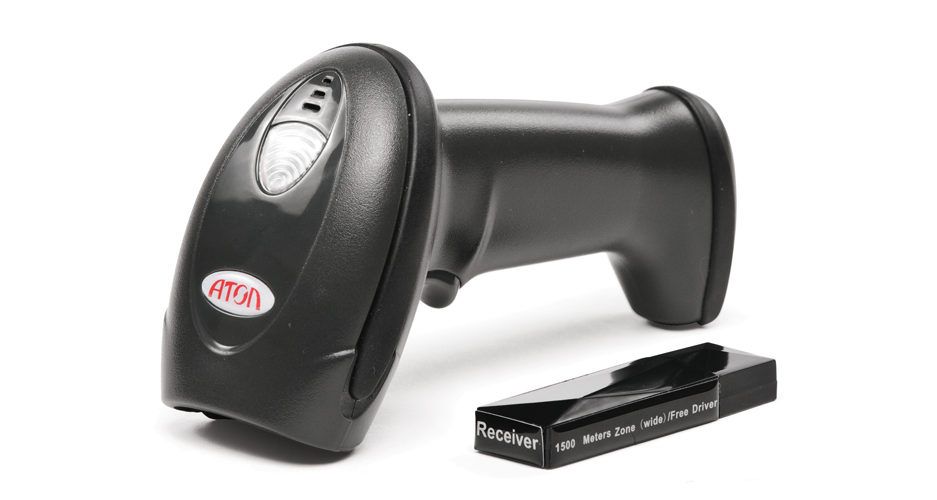
Scanner selection criteria
First of all, answer the following questions: how often do you plan to use the device? What documents will you digitize (text documents, slides, photographs or printing)? How much are you willing to spend on this? As soon as you decide on the answers, you can start studying the technical characteristics of various models, and we will try to help you with this and tell you what features you need to consider when choosing.
- Scanner type. Decide for what purpose you need it and how often you will use it.
- Scanning element sensor type. Scanners with a CIS sensor (touch-sensitive contact image sensor) are compact, lightweight, easy to use and low cost, but have average quality due to low sharpness of digitization, blurring in bends and on wrinkled sheets. Rapid breakdown results in a short service life. CCD scanners (Charge Coupled Device). Such devices have a matrix, so they have good quality on copies and color reproduction of sharpness. It takes some time before operation for loading and warming up. Differs in large dimensions. It occupies an expensive segment by price category.
- Automatic sheet feeding. A very useful feature when scanning large volumes. All you need to do is load a stack of individual sheets of documents, the machine will do the rest for you. There is no possibility of digitizing books, magazines, albums.
- The format of documents can vary from sizes A0 to A6, so the choice should be made in favor of the one that you will most often use.
- Operating Systems. The following operating systems are usually supported: Windows, MacOS and Linux. To avoid any problems, choose the OS of the scanner to match the OS of the equipment to which you are going to connect.
- Color depth is measured in bits. For use in home / office conditions, 24 bits are enough, for photography professionals it is better to choose with a technical specification of 48 bits.
- When choosing, be sure to pay attention to the scanning speed. It depends entirely on the matrix resolution (DPI). For home / office, 600-1200 dpi will be enough, photo editors are recommended to purchase with a resolution of 2000 dpi. For example, if you see the following resolution parameters - 700x1400, then the first number is the optical resolution (allows you to output a high quality copy), and the second is interpolation (allows you to artificially increase the image, but lose clarity). When purchasing, the first digit is the most significant. The higher it is, the higher the resolution, and hence the quality of the final result.
Required DPI for different types of digitization:
| Scan types | DPI | |
|---|---|---|
| screen display | 100 | |
| Text Document | 200-300 | |
| enlarged image, photos | 600 | |
| scanning a slide for A6 / A4 formats | 1200/2400 | |
- The presence of additional devices allows you to significantly simplify the work and expand the existing functions.
A slide adapter allows you to transform a flatbed scanner into a slide scanner for additional film scanning capabilities.
The auto sheet feeder with built-in storage helps when working with large volumes of documents, but is useless when used rarely.
A USB device is used to connect most types of scanners.
SCSI allows you to quickly transfer color depth and high-resolution images, but requires the installation of an additional card in the equipment.
FireWire and Ethernet interfaces help to transfer data at high speeds, are not whimsical and easy to use.
But we should not forget that the ergonomics of technology increases the comfort of use and saves time. And taking into account when choosing all the characteristics discussed above will help you quickly select the desired scanner model.
Best scanners of 2020
Epson Perfection V19
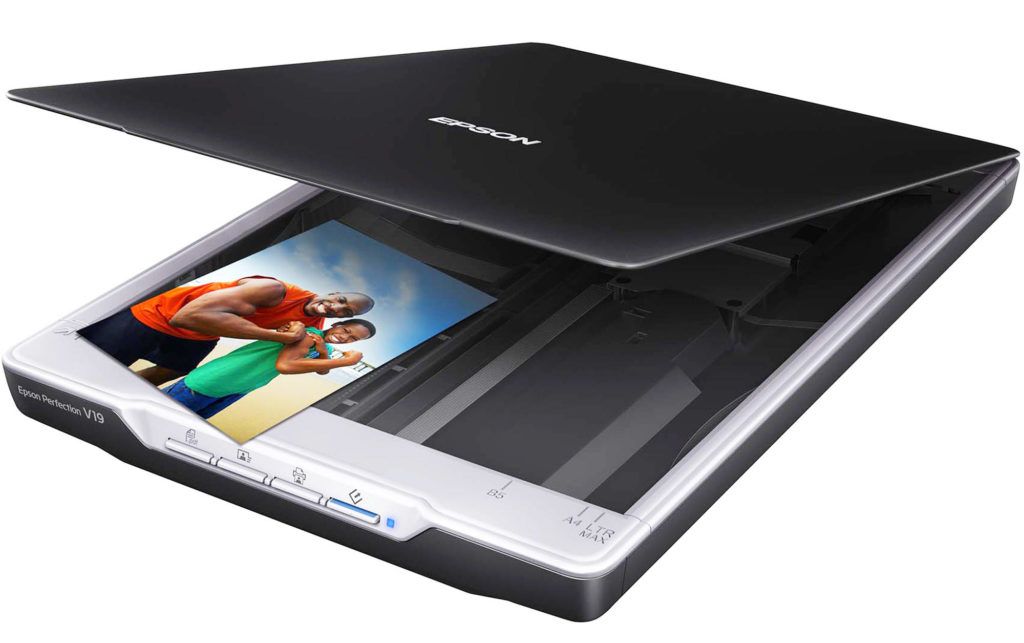
Ideal for small office use. It has good build and austere design. Direct connection to a computer via a USB cable saves money on the purchase of a power supply. Simple and easy to use. Allows you to scan in different formats and in average quality, both individual sheets and bulky files and sources (books, albums, etc.). It is possible to change the size of the scanned document. It does not require a long warm-up before digitizing. Additional software will help remove unnecessary or translucent particles, restore and improve the color gamut, change the background, and make the text clear. Not suitable for working with a large volume of documents.
Type tablet
CIS sensor
Resolution 4800 × 4800
Color depth 48 bit
Maximum paper size A4
USB interface
Speed 10.4s
OS: OS X and Windows
There is no duplex scanning.
Average price - 5500 rubles.
- a budget option;
- good resolution.
- low scanning speed;
- a little noisy.
Epson Perfection V600 Photo
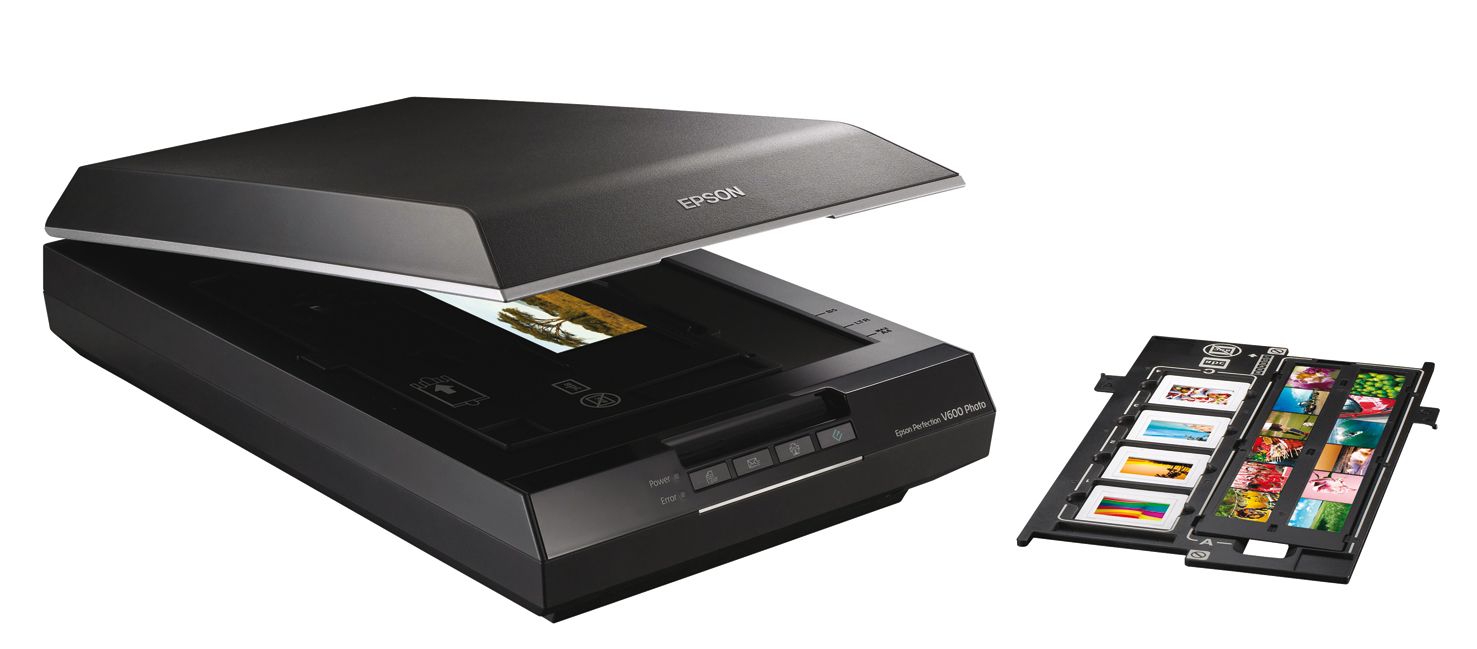
The scanner, which has become an indispensable assistant to modern photographers who continue to work with film and are engaged in digitizing old photographs. To connect power, you need a USB adapter and a power supply. Inside the equipment, instead of a lamp, LEDs are used, which significantly reduces power consumption. The program loaded into the scanner allows you to do retouching, restore colors, increase the clarity and contrast of texts. The wide possibilities and ease of use of the switchable interface in the settings helps beginners in photography to get the best result, and for experienced photo editors to achieve maximum perfection in their work.
Description of the functionality.
Type tablet
CCD sensor
Resolution 12800 × 12800
Color Depth 48bit
Maximum paper size A4
Maximum slide format 60 × 200 mm
USB interface
Speed 4s
There is a slide adapter
Price orientation - 23,000 rubles.
- high speed;
- average noise level;
- excellent scan quality;
- good work of the set automatic modes.
- inconvenient fixation of the film;
- high price.
Canon CanoScan 9000F Mark II
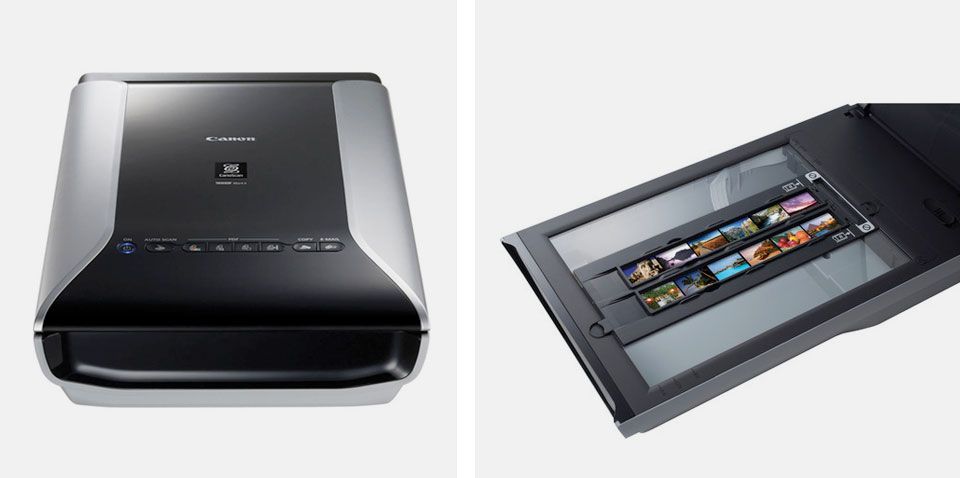
Suitable for any operating system. High scan speed maintains clarity, sharpness and contrast. Allows you to scan both single sheets, slides, and volumetric objects. There is a scanning function for A4 documents, as well as a larger format with the possibility of further alignment. There is no mechanism for filing documents, which does not allow digitizing a large volume at once. The presence of the FARE technology helps when working in correcting film defects. The equipment has a built-in power adapter.
The flatbed scanner has the following features:
CCD sensor
Resolution 9600x9600 (for transparent), 4800x4800 (for non-transparent);
Color depth 48 bit
Grayscale: 48 bit
Maximum paper size A4
Maximum slide format 35 mm
USB interface
Speed 7 s
The approximate cost is 14,000 rubles.
- nimble in digitization work;
- Software in Russian;
- availability of infrared mode;
- average cost;
- good color rendering.
- there is no possibility of film pulling.
Canon P-215 II
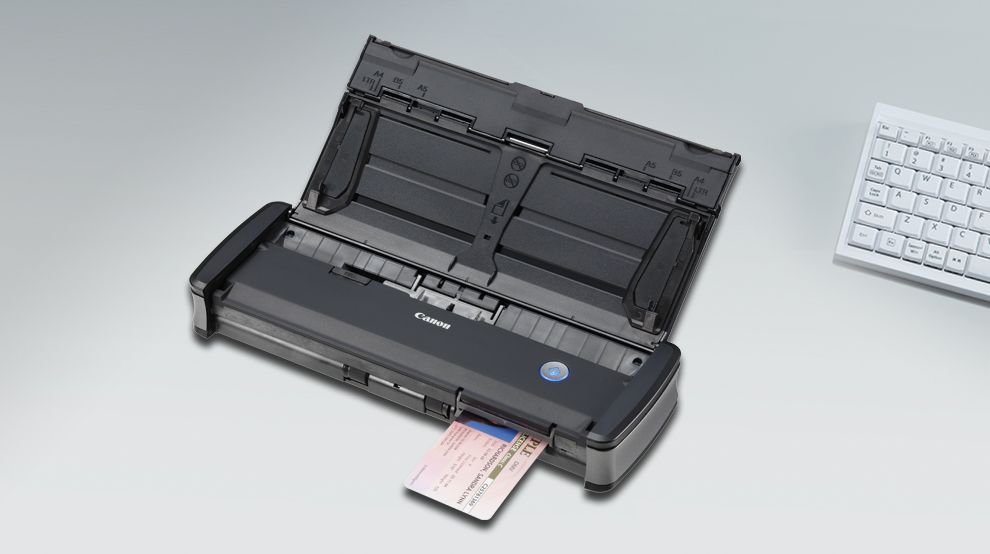
A portable, multifunctional and high-speed scanner will come to your aid at home, in the office and even on the road. Power is supplied through the USB port. Allows you to digitize text and graphic documents in PDF format on both sides without turning them over, which is a great advantage over single-sided scanners. Installed its own software compatible with Windows and Mac OS. The presence of an automatic paper feeder helps to facilitate work and speed up scanning time.
Lingering type
CIS sensor
Resolution 600 × 600;
Color depth 24 bit
Maximum paper size A4
Power when working 5 W
USB port
Speed 6s
Price - 13,000 rubles.
- good scanning speed;
- 2-sided digitizing of the sheet;
- embedded software;
- automatic paper feed;
- silent.
- occupies a high price segment;
- jammed paper.
Plustek OpticFilm 8200i SE
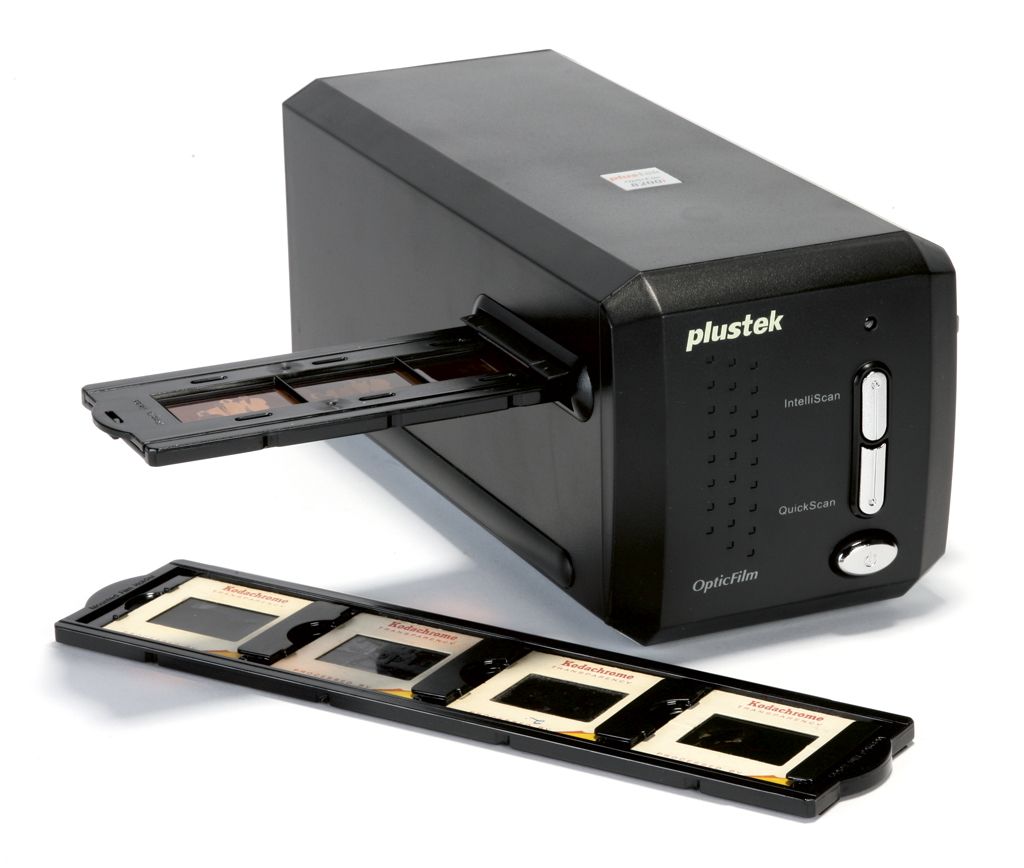
The best equipment on the market today for scanning films and negatives. The scanner with the latest software - SilverFast, high resolution and good optical system allows you to automatically scan files at a professional level. The iSRD function helps remove blemishes and enhance image detail. And the ability to selectively change color will help make photos richer and more vibrant. With a USB connector, powering and transferring photos to a PC is easy. A compact, handy carrying case for storage and carrying.
Type slide scanner
CCD sensor
Resolution 7200x7200;
Color depth 48 bit
Maximum slide size 37 × 25 mm
USB 2.0 interface
Speed 36-113s
Cost - RUB 25,000
- compact in size;
- silent;
- excellent quality of the result obtained.
- high price;
- incomprehensible SilverFast program;
- there is no automated film feed.
HP ScanJet Pro 3500 f1

Best office option for large-scale scanning. The connection is via a USB port. There is an automatic feeding device. The technique has good resolution and high speed of two-sided scanning. The work uses the following formats PDF, JPG, PNG, BMP, TIF, TXT, RTF. There is a high-quality scan mode for books, albums, magazines, which allows you to remove distorted text in the folds. And the installed HP Scan program will help you to quickly exchange files with cloud storage of the Internet, send to e-mail or to removable drives.
Type tablet
CIS sensor
Resolution 600 × 1200
Color depth 24 bit
Maximum paper size A4
Resource 3000 pages / day
USB 3.0 interface
Speed 3 s
Power 4.5 W
Cost orientation - 30,000 rubles.
- quickly scans both black and white and color media;
- 2-sided scanning;
- with automatic feeding device;
- great quality.
- high price.
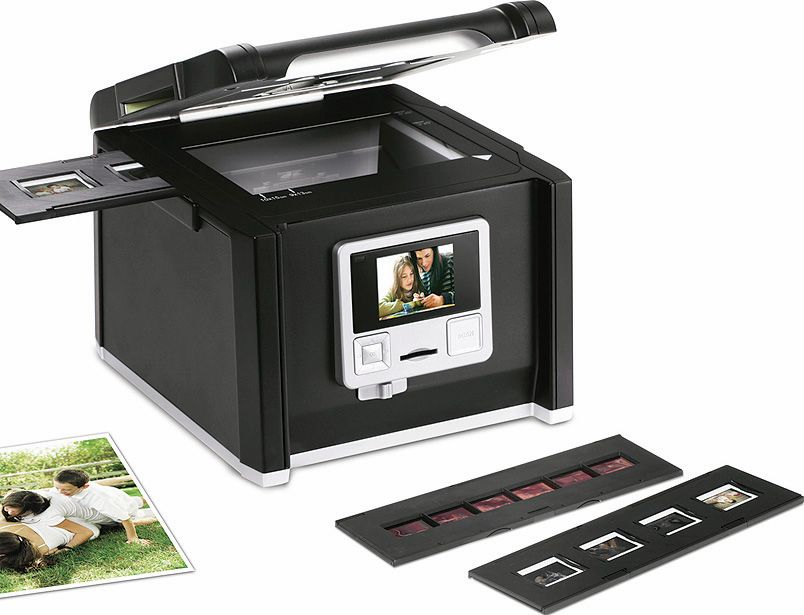
Conclusion
We have tried to collect in this material the best, high-quality scanners that occupy leading positions in the technology market. We really hope that this information will be useful, and you can easily make a choice for yourself and decide which one should be bought to meet your home or professional digitization needs.
new entries
Categories
Useful
Popular articles
-

Top rating of the best and inexpensive scooters up to 50 cubic meters in 2020
Views: 97661 -

Rating of the best materials for noise insulation for an apartment in 2020
Views: 95022 -

Rating of cheap analogues of expensive drugs for flu and colds for 2020
Views: 91751 -

The best men's running shoes in 2020
Views: 87681 -

Top ranking of the best smartwatches 2020 - price-quality
Views: 85091 -

Best Complex Vitamins in 2020
Views: 84801 -

The best dye for gray hair - 2020 top ranking
Views: 82406 -

Rating of the best wood paints for interior use in 2020
Views: 77202 -

Ranking of the best action cameras from China in 2020
Views: 75269 -

Rating of the best spinning reels in 2020
Views: 74827 -

The most effective calcium supplements for adults and children in 2020
Views: 72463 -

Top rating of the best means for male potency in 2020 with a description
Views: 68296

